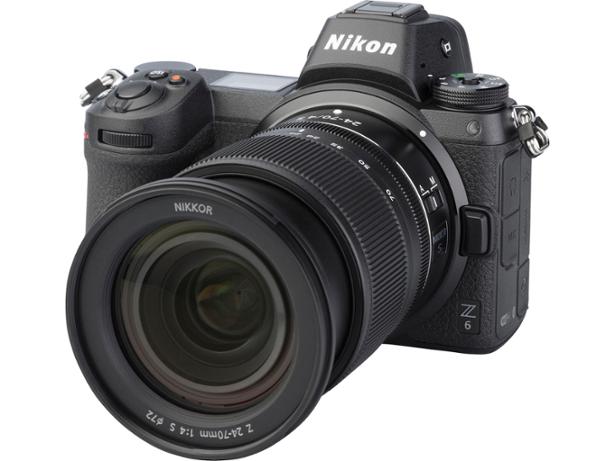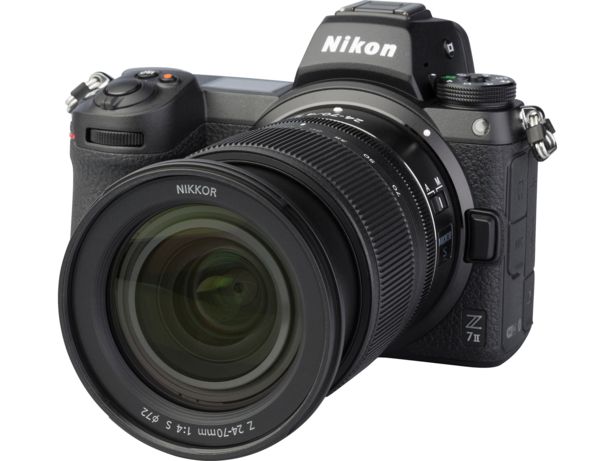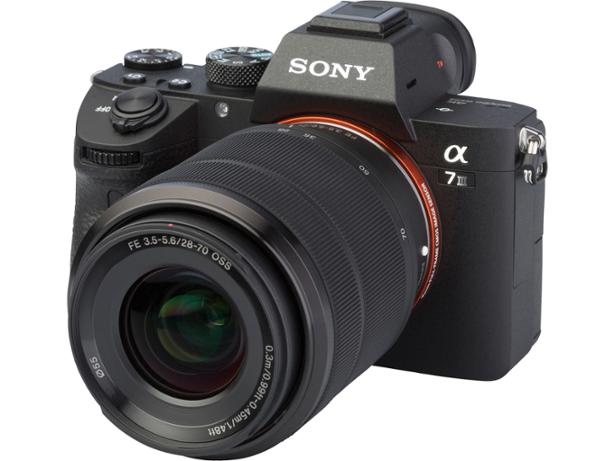How we test digital cameras

Every camera we put through our tough scientific tests is comparable with cameras of the same type, whether you’re shopping for a compact point-and-shoot, a high-end DSLR or mirrorless model, or an in-between bridge camera.
Our reviews answer the most crucial questions about compact cameras:
- How good is the photo quality?
- How easy is the camera to use?
- Can I see what I need to in the monitor or viewfinder?
- Will its features help me take better photos?
- What is the video quality like, and what about the sound?
- How powerful is the built-in flash?
See the best scoring cameras and filter by your preferred type in our expert digital camera reviews.
What we look for in a Best Buy digital camera
A lot goes into a digital camera’s score and we perform around 450 individual tests in the lab. We’ve shared our score breakdowns below, but these are some of the most impactful questions we answer in our reviews.
How good is the photo quality?
Our most important tests check the camera’s image quality. We shoot photos across a range of conditions, including indoors, bright outdoor conditions and low light.
We try the camera with different settings, including wide-angle and telephoto zoom-lens settings, and we measure resolution and look for potential problems using a test chart. All these tests help us find those cameras that will produce accurate, well-balanced, properly exposed photos in the full range of situations, so that our Best Buy cameras deliver good results in sunlight or low light, indoors or outside.
Will its features help me take better photos?
We don’t take the manufacturer’s word for it about advanced features. We test face-detection and autofocus features to see whether they will actually help you take well-exposed and focused shots.
We also test image stabilisation, putting the camera on a vibrating platform and running the same test 900 times to see how the camera copes with the shakiest of hands.
In addition, we try continuous shooting or burst modes to see how many photos the camera can take in one burst.
See our guide to how to buy a digital camera to find the best type of camera for you.
Can I see what I need to on the viewfinder or monitor?
The quality of the viewfinder or built-in screen is crucial when you’re trying to compose or review your photos, especially when you’re trying to focus on a specific subject.
We check that you can see enough detail to pick out whatever it is you’re trying to capture in your photo. If the camera has a monitor rather than a viewfinder, it also needs to be usable when you’re shooting outdoors, so we assess the quality and reflectiveness of the screen in both bright sunlight and poor light conditions, from a range of angles, to ensure that you can see what you’re snapping, no matter when or where.
What is the video quality like, and what about the sound?
Digital cameras usually shoot in 4K ultra high definition now, so you should expect high resolution footage. We set each digital camera to record two different scenes featuring people with bright clothes and objects with fine detail, so we can see how sharp and detailed the footage is.
We also check how the camera handles fast movement, and how the picture holds up when you pan across the scene, where jerks or glitches are most likely to show up.
We also rate the audio quality from the built-in microphone, listening carefully to see whether the soundtrack picks up noise from the zoom lens or the camera’s other mechanics.
How powerful is the flash?
Where a camera has a built-in flash, we test it to find out how well it adjusts its brightness to match different scenes. Will close-up portraits result in faces that are too bright and shiny? We’ll let you know.
We also take a photograph at different distances, from close up to several metres away, to see how the flash behaves at different ranges, including measuring its strength, how well the light is distributed and whether any unwanted reflections creep into the shot.
How easy is the camera to use?
We don’t expect every camera to be a novice photographer’s dream, but we do expect them to have quick and intuitive controls, well-placed buttons and dials, a comfortable grip for steady shooting, logical menus and a good range of features.
If those features make it easier for less experienced photographers to take good photos, all the better. We also look at how easy it is to insert a memory card or change the batteries, and we measure how fast the camera is to start up and how quickly the shutter reacts when you press the shutter release button.
Is it quick enough to make sure that you get the shot you want, and is there enough feedback to know when you have your subject in focus and ready to shoot?
We also time how quickly it can rattle off a burst of shots, so that you don’t miss the perfect fast action or wildlife photo.
How is the Which? score calculated?
Which? tests as many newly released digital cameras a year as we can get our hands on, and puts each model through a series of meticulous tests. These are designed to be both rigorous and repeatable, so you can trust in the quality of your next camera.
All the assessments described above contribute to a total test score, so that we can identify the best cameras from the worst and compare the different models.
We focus on image quality, ease of use, video and audio, viewfinder and monitor and flash, and don’t take price into account. The total score breaks down for all of our camera reviews as follows:
- 45% image quality
- 30% ease of use
- 10% viewfinder & monitor performance
- 10% video/audio quality
- 5% flash (only when applicable)
We compare like-with-like when it comes to scoring cameras, so scores are only comparable across cameras of the same type.
This is important because different camera types excel at different things. A compact camera is easier to use and carry around than bigger models, but they’re rarely as good at taking crystal clear shots as DSLR and mirrorless cameras.
This means that a compact camera that scores 80% may be of different quality to a higher-end DSLR or mirrorless camera that scores 80%, even though both have our recommendation.
We use the same evaluation for DSLR and mirrorless cameras, so every camera with an interchangeable lens is comparable with another.
Bridge cameras
A bridge camera needs to score 76% or above in our tests to earn a Best Buy recommendation. Models that score 45% or less are Don’t Buys.
Compact cameras
A compact camera needs to score 76% or above in our tests to earn a Best Buy recommendation. Models that score 45% or less are labelled a Don’t Buy as a warning to avoid them.
DSLR and mirrorless cameras
Although DSLR and mirrorless cameras have different systems, their commonality is that they both have interchangeable lenses.
A DSLR or mirrorless camera needs to score 80% or above in our tests to earn a Best Buy recommendation. Models that score 45% or less are dreaded Don’t Buy cameras.
Digital camera security testing
Like many modern gadgets, digital cameras increasingly have internet-connected features. Digital security is paramount, so we carry out tests to ensure that cameras and their related apps are secure and responsible with your data.
These don't feed into our overall test scores, but if we identified a significant problem, we'd let you know and it might impact a camera's Best Buy status.
Camera app privacy and security
For some time, camera manufacturers such as Canon, Nikon and Sony have been providing dedicated apps for use with your camera. These apps are designed to enhance how you use your camera, for example, by controlling your camera remotely or by automatically backing up photos and videos to your phone or tablet.
No camera apps should transfer any personal data without your permission. They should also have high standards of security to protect them from vulnerabilities, including password quality controls, encryption, and authentication to prevent the information you transmit to the app from being hijacked.
We also check that apps only request information they need to provide you with a service. When apps ask for permissions they don't have functionality for, or when they seek to harvest excessive amounts of personal data, we talk to manufacturers to find out why. We also detect the location of the servers your data is being transmitted to.
We haven't found any cameras or related apps that misuse your data or expose it to needless risk, but we will keep testing them so you can be assured that the information you give away is protected.
Looking for simple solutions to common tech problems? Take a look at Which? Tech Support.


